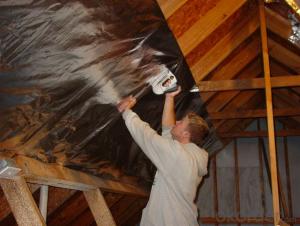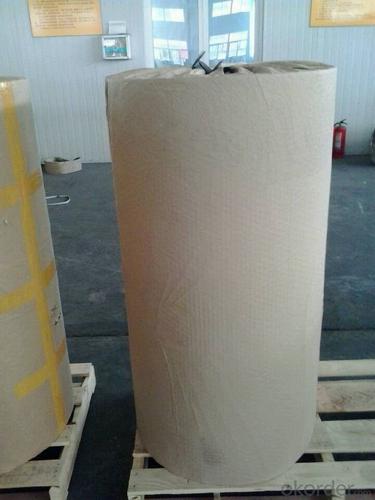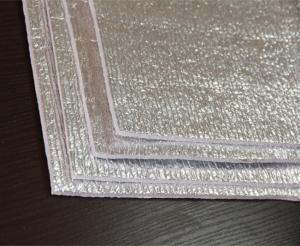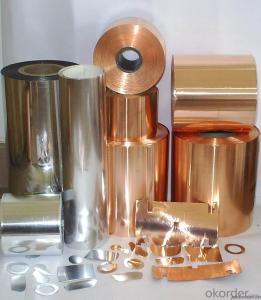Johns Manville Roofing Insulation Insulated Flexible Aluminum Air Duct Heating Glasswool
- Loading Port:
- China Main Port
- Payment Terms:
- TT OR LC
- Min Order Qty:
- -
- Supply Capability:
- -
OKorder Service Pledge
OKorder Financial Service
You Might Also Like
Product Material
10m length aluminum insulation ventilation duct with low priceis made of aluminum foil +fiberglass+aluminum foi+steel wire
Product Feature
8 inch insulated flexible aluminum air duct heating and cooling systems following feature:
1.Size. (Customer's color requirement can be matched)
2.Color. (Customer's color can be fulfilled )
3.Non-toxic .Harmless to people even long time exposure
4.Excellent light transmission. transparent rate above 92%
5.Excellent weather resistance. performance can’t be change easily by Sunlight and Rain
6.Excellent Design.Personalized design and Human design with mordent concept
Product Advantages
8 inch insulated flexible aluminum air duct heating and cooling systems following advantages:
1.Material .environmentally friendly Acrylic
2.High Ruggedness.hard to attrit ,break and damage
3.Good anti-aging Properties .Long Using life Above 5 years
4.Strong Impact resistance .16 times than that of ordinary glass
5.Logo imprinting .Customer's Logo can be imprinted personally
6.OEM.ODM service. Satisfied related service can be offered in short time
7.Competitive price.Price at various level can cater your various requirement
8.Reasonable Delivery time.Fast to arrive at your office By air or Sea
9.Sample .Sample available for your proof and final decision
10.Trial Order are hotly welcome and allowed




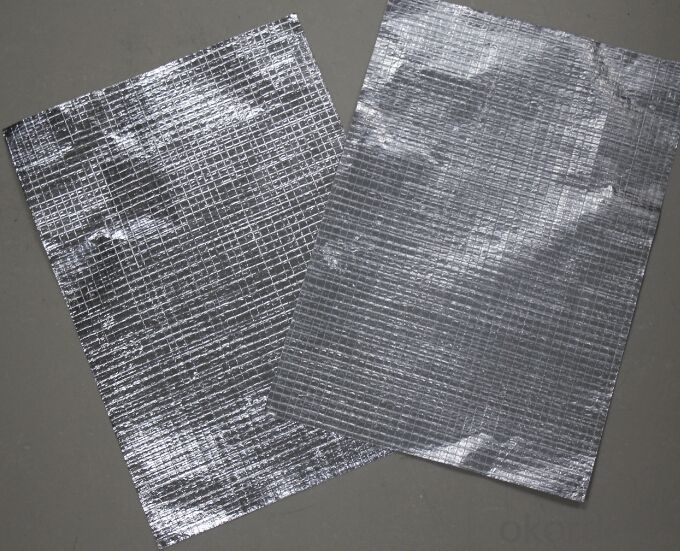
- Q: Our roof tile is installed on top of galvanized iron sheets. We do not have any toher form of insulation. The roof tile or tegula is quite thick.
- Oh yeah. You need insulation. Think of it this way. If you turned a stove top burner on medium-low and placed one of those roof tiles on it, it would be too hot to pick up. If you put down a small piece of insulation first, you'd be able to pick up the tile with no problem.
- Q: How do I find roofers who are specialised in protection against invaders from outer space. I called 10 and they said they would call me back, but no one did so far. It must be really complicated.
- Make a hat out of tin foil like some of the people in the mental hospital do. No roofer in his right mind would go near your house if you tell him this outlandish story you claim to be circulating about space invaders. Mentally unstable people tend to scare normal folks away in droves, see a therapist or get a new joke writer because I'm not buying it either.
- Q: I know you're not supposed to directly insulate the roof due to the roof getting super heated in the summer, but my walk-in (actually, more like "crawl in") attic is very hot in the summer and very cold in the winter. Is there anything I can do to improve efficiency? I can't help but think I'm wasting a lot of energy just to keep my roof lasting a little longer.
- The reason you do not put insulation directly on the underside of your roof is all about moisture and mold. You need an air gap between the roof and the insulation and allow it to breath. This prevents moisture from condensation that can cause big problems. You could install a radiant barrier that reflects the heat. Do a google search to learn more about it. You could install and attic fan to suck the hot air out in the summer. Most important is to make sure the insulation on the attic floor is the proper thickness.
- Q: Live in Houston, very hot and humid. Looking at adding radiant and additional insulation to roof in house. We have a lot of sun, and AC bills.
- we live in the desert, and got our roof coated, and instantly noticed the difference, it is much more insulated, and provides protection against leak (which was the main reason we had it done)
- Q: Like how does it get put in your roof?I am doing this energy efficient house.Other Questions:What is an Eave?Whats the roof on top of a patio called?What does orientation mean?What are the good things about French doors?
- go into your attic and pull the insulation out from around the vents that you have the problem with. Then take some standard insulation and fill in around the vents.
- Q: I work with rubber roofing insulation. How , other than long sleeves, do I deal with the after effects of being exposed to this insulation.
- The talcum powder and clothing can only do so much. They can be effective, but can still lead to some itching once you are done working on the job. A cold (then warm) shower should be sufficient for clearing out the insulation and taking care of the itching.
- Q: We have recently moved into a house in Australia with a tin roof. There is a layer of 5cm batts on the rafters in the roof space, but the temp is 10-15 degrees C higher up there than in the house (with all the windows and doors open). I don't want to get air-conditioning, is there another way to insulate the roof and cool the house?
- like they said ventilation is the answer... you allready have a radiant barrier ( metal roof ), now get the heat out. a rigge vent would be best with plent of open soffit all the way around the perimeter. if you're in a dry climate, a humidifier will work as well as an a/c, but much cheaper! give measurments in feet & inches... what do you thing, some one from france is going to help you?
- Q: I know when you inhale the insulation from the roof irritates the throat but what can you do to clear it from your throat after inhaling it?
- it's not your throat you should be worried about. it's your lungs. wear a respirator....or at the very least, a dust mask. you only live once so make it last.
- Q: I am purchasing a mobile home with a shingled roof. The shingles need to be replaced (>15yrs old) and with the cost of heating going up each day I thought I would added some of that 2" thick rigid insulation. I would place this right on top of the existing roof and then place the firring strips for the metal roof right on top of the rigid insulation panels (which are 4x8'). By using 3" galvanized sheet rock screws I will get a good solid attachment. Then I will put the metal roofing on to the firring strips as normal. Does anyone see any downside to doing this? Has anyone tried this before?
- The only downside I see is your miscalculation about the length of the screws need. Lets see, 2 inches of insulation, 3/4 inches of furring, leaves you with a solid 1/4 inch of bite, and we all know that the first 1/4 inch of the screw is meant for piercing, not holding. So plan on 4 inch screws, because you still need to penetrate the old roof and bite the structure. Don't forget to plan your drip edge which now will have 2+ inches of roof thickness to carry the rain water over into your gutter.
- Q: What's better- to lay out roof insulation in an old house or to get it blown in?
- anybody can do either.nothing to it.i prefer blown, because it isnt near as itchy.you can rent the blower from home stores, but it takes 2 people to run.
Send your message to us
Johns Manville Roofing Insulation Insulated Flexible Aluminum Air Duct Heating Glasswool
- Loading Port:
- China Main Port
- Payment Terms:
- TT OR LC
- Min Order Qty:
- -
- Supply Capability:
- -
OKorder Service Pledge
OKorder Financial Service
Similar products
Hot products
Hot Searches
Related keywords



